Petunias are magnificent flowers that come in a range of vivid colors and can make a striking statement in any garden. With a vast selection of cultivars available, you can easily find petunias in almost every color of the rainbow.
Despite common belief, petunias are not just annuals; they can thrive year after year if you reside in a warm climate zone or take precautions to protect them during the winter season. In this comprehensive guide, we will discuss everything you need to know about petunias, including how to plant and maintain them if you want to grow them as perennials.
We will cover the basics of petunias, their annual or perennial nature, where they grow, and why they make an excellent addition to your garden. We’ll also provide landscaping ideas and introduce recommended petunia varieties.
Moreover, we will inform you when petunias bloom, how long they last, and the best time to plant them. We will also explain the ideal growing conditions for petunias and provide expert tips on how to plant and care for these beautiful flowers.
Additionally, we will answer some frequently asked questions about growing petunias, suggest companion plants, and recommend where to buy them. So, let’s dive into the world of petunias and discover their beauty and versatility.
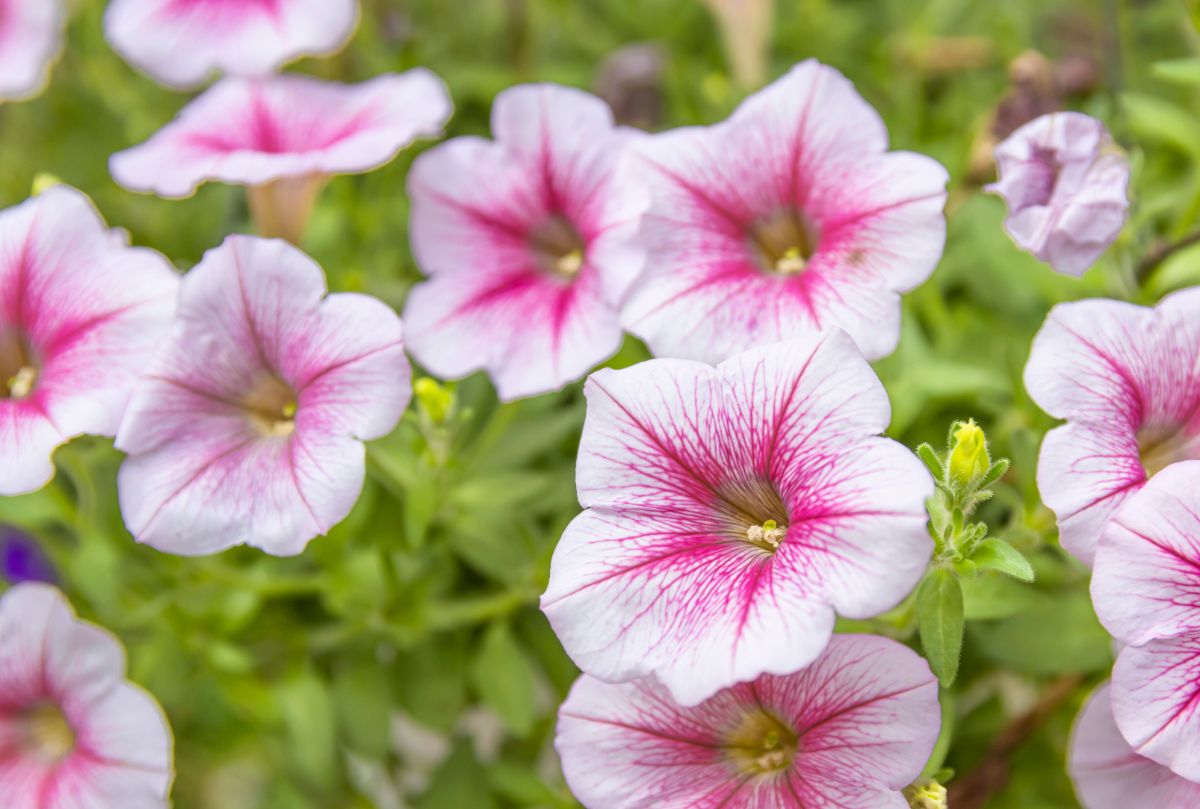
Petunias are a popular choice for flower gardens, hanging baskets, and containers due to their beauty and versatility. The term “petunia” refers to a group of plants that includes twenty different species falling under the subfamily Petunioideae and family Solanaceae. Interestingly, petunias are related to tobacco as they belong to the same family. There are four main categories of petunias, which are easily distinguishable by their names. Grandiflora varieties have large flowers, while Milliflora petunias have smaller ones. Multiflora petunias have many small flowers, and Spreading petunias tend to spread quickly, with Wave petunias being a popular example. Petunias are expected to grow between six to eighteen inches high and bloom in spring, summer, and autumn. They are winter-hardy perennials in zones nine to eleven, preferring loamy soil and full sun.
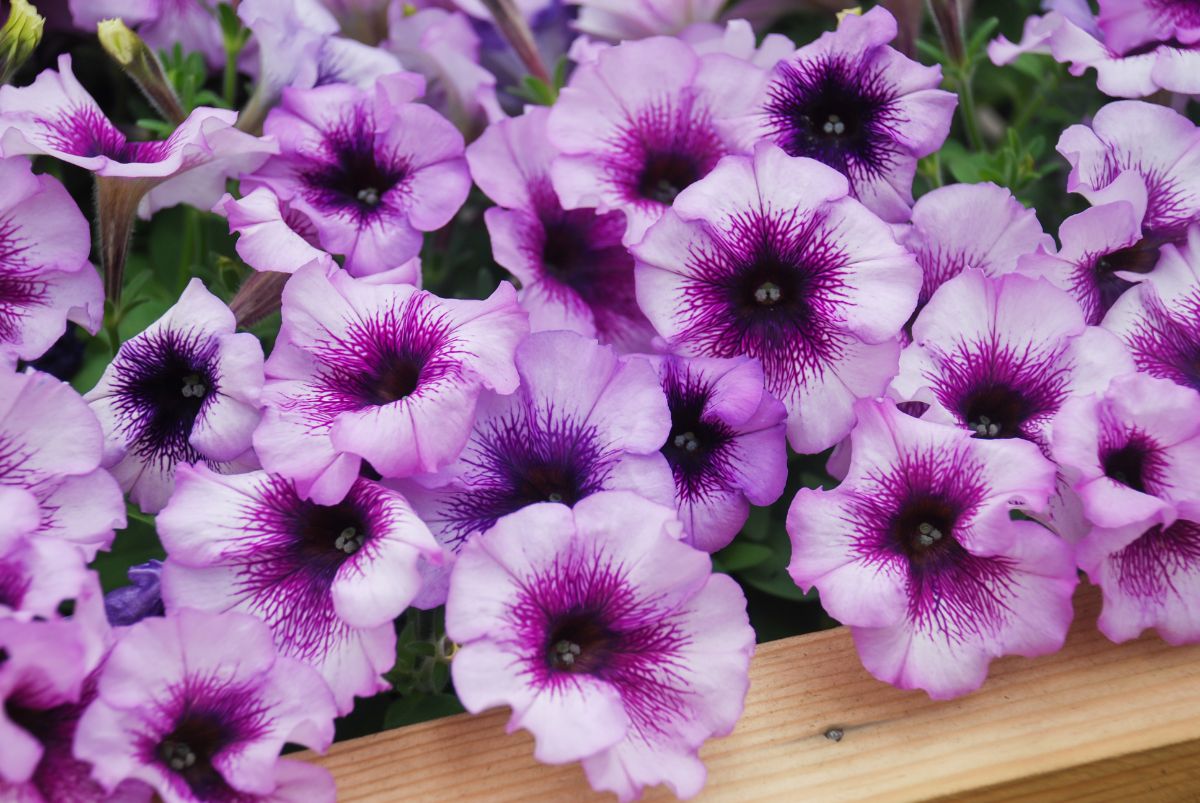
Did you know that petunias can be grown as either annuals or perennials depending on where you live? Technically, they are considered “tender perennials” and can survive for a few years with proper care. If you live in a warm climate, petunias can be kept outdoors year-round, while those in colder climates can bring them indoors during the winter or grow them as indoor container plants. Petunias are originally from South America but have spread to many other regions. While there is some debate about which climate zones are suitable for growing petunias as perennials, zones 10 and 11 are ideal and zone 9 may work as well, depending on the source. Locations in Florida, Southern California, Arizona, and the southern tip of Texas are particularly good for growing petunias as perennials, but parts of Texas, Louisiana, Arizona, Nevada, California, and even the southern Oregon coast within zone 9 may also have success.
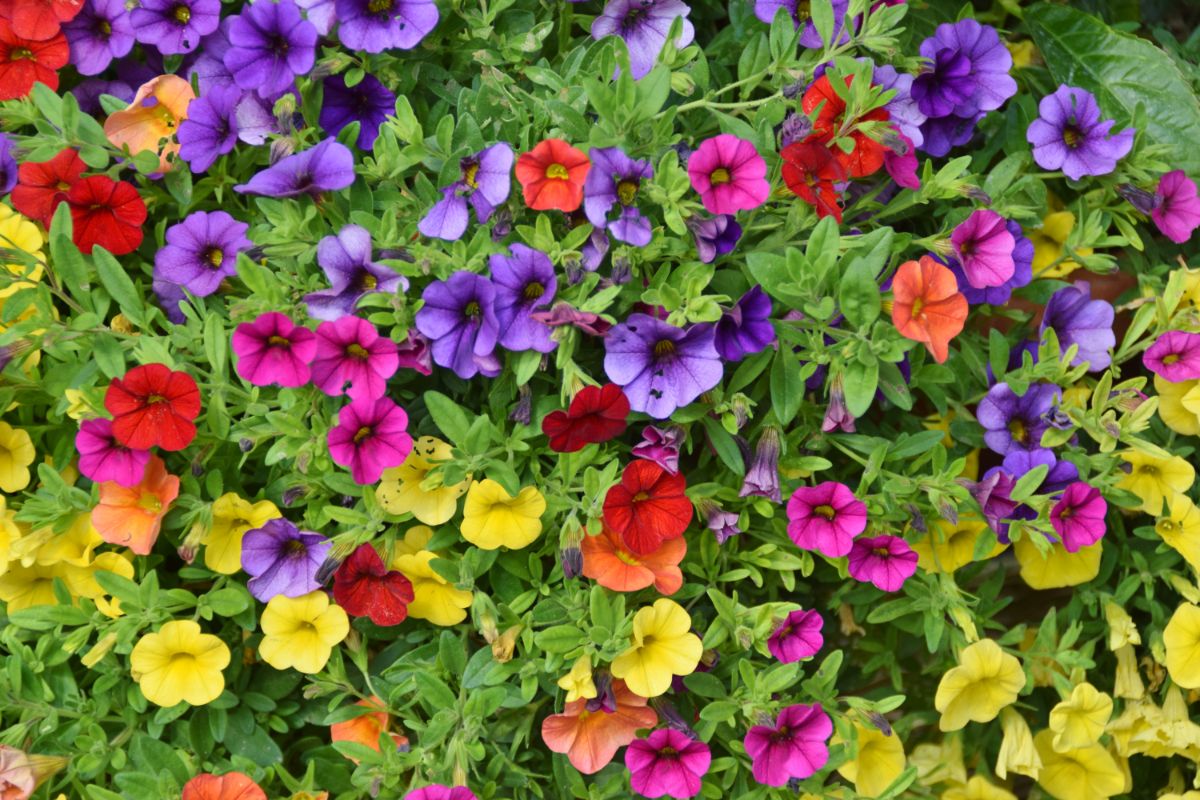
Petunias are not only aesthetically pleasing but also functional, as they are resistant to heat and drought. They are relatively easy to grow, making them a great choice for those living in hot climates. Additionally, petunias can be cut and used as lovely flowers, but be sure to remove any submerged leaves on the stems. Some people plant petunias to repel pests due to their licorice-like scent that repels aphids, tomato hornworms, and squash bugs. With many colors to choose from, petunias provide the opportunity to create a beautiful garden. Hummingbirds and butterflies are attracted to these blooms, making them a great option for pollinators. Petunias can also be used for pest control by planting them near decks or patios to keep mosquitoes away. They can be grown along paths or in containers and window box planters to add color and life to any outdoor space. There are various petunia varieties to choose from, making it easy to find the perfect fit for your garden.
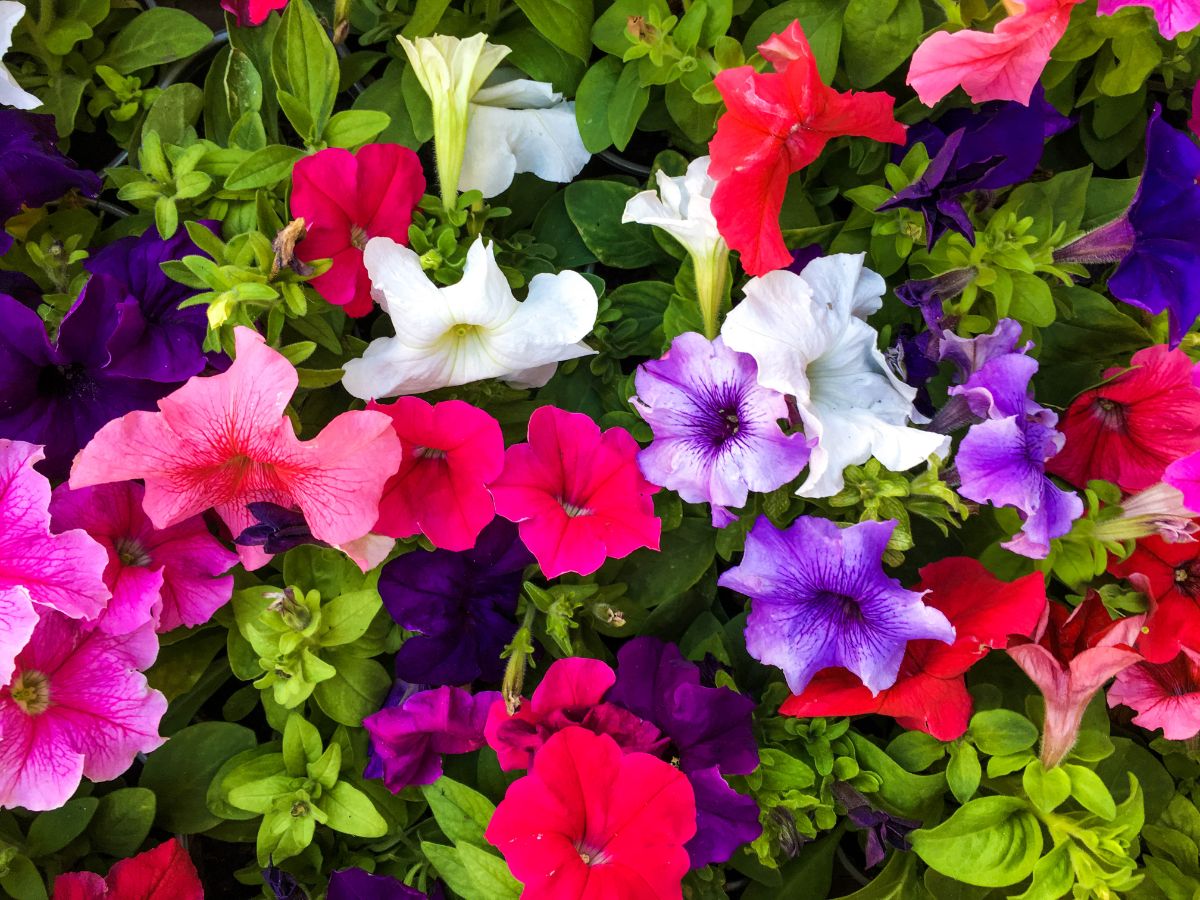
There are a plethora of amazing petunia cultivars to choose from, each with their own unique appearance and characteristics. The “Limelight” petunia is a standout variety with magenta flowers rimmed with lime green, while the “Night Sky” petunia has deep purple flowers dotted with white speckles. The “Black Velvet” petunia, although technically purple, appears convincingly black in the right lighting. Other varieties include the Cascadia, Bravo, Mini Rose Blast Pink, Purple Pirouette, Littletunia, Poetunia Plus Red, Wave Blue, Prism, Supertunia Pink Star Charm, Petunia Ultra Star, Kandy Kane, Easy Wave Yellow, Surprise Lime, and Suncatcher Pink Lemonade.
Petunias bloom from spring through fall, and the best part about them is their long-lasting blooms. Some cultivars may require deadheading to continue blooming, while others do not. It’s essential to plant petunias in the right season for optimal growth.
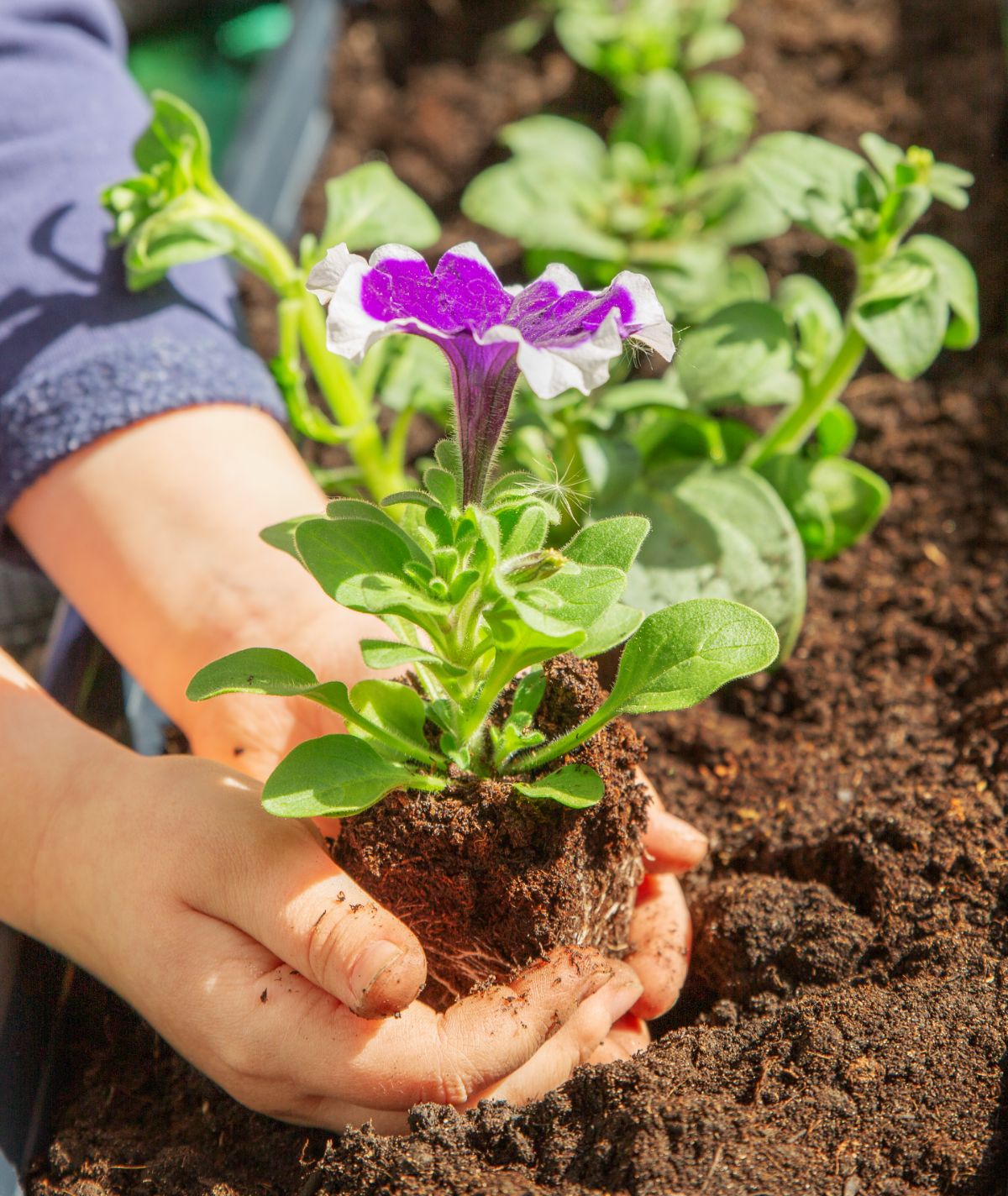
To ensure that your petunias thrive, it is important to plant them at the right time. Frost can be harmful to petunias, so it is recommended to plant young petunias outdoors only after the last spring frost date. Keep a close eye on the weather forecast and protect young plants from late frosts to ensure their growth and survival.
Apart from planting time, it is also important to understand the ideal growing conditions for petunias. Sun, soil, and water are three crucial factors that play a significant role in determining the growth and health of petunias.
Petunias require full, direct sun exposure as they adore sunlight. Partial shade is generally too much for them, and they tend to get leggy if they do not get enough sunlight. It is recommended to provide them with at least six hours of direct sunlight daily, and eight hours is even better.
Petunias grow best in well-drained soil, but they can still survive in poor soil conditions. Fertile soil is preferred, but neutral or slightly acidic soil can also work.
Lastly, monitoring the water needs of petunias is essential to ensure their growth and health. Proper watering techniques are important, and petunias need to be watered regularly to keep the soil moist but not waterlogged. With these optimal growing conditions, your petunias will flourish and bloom beautifully.
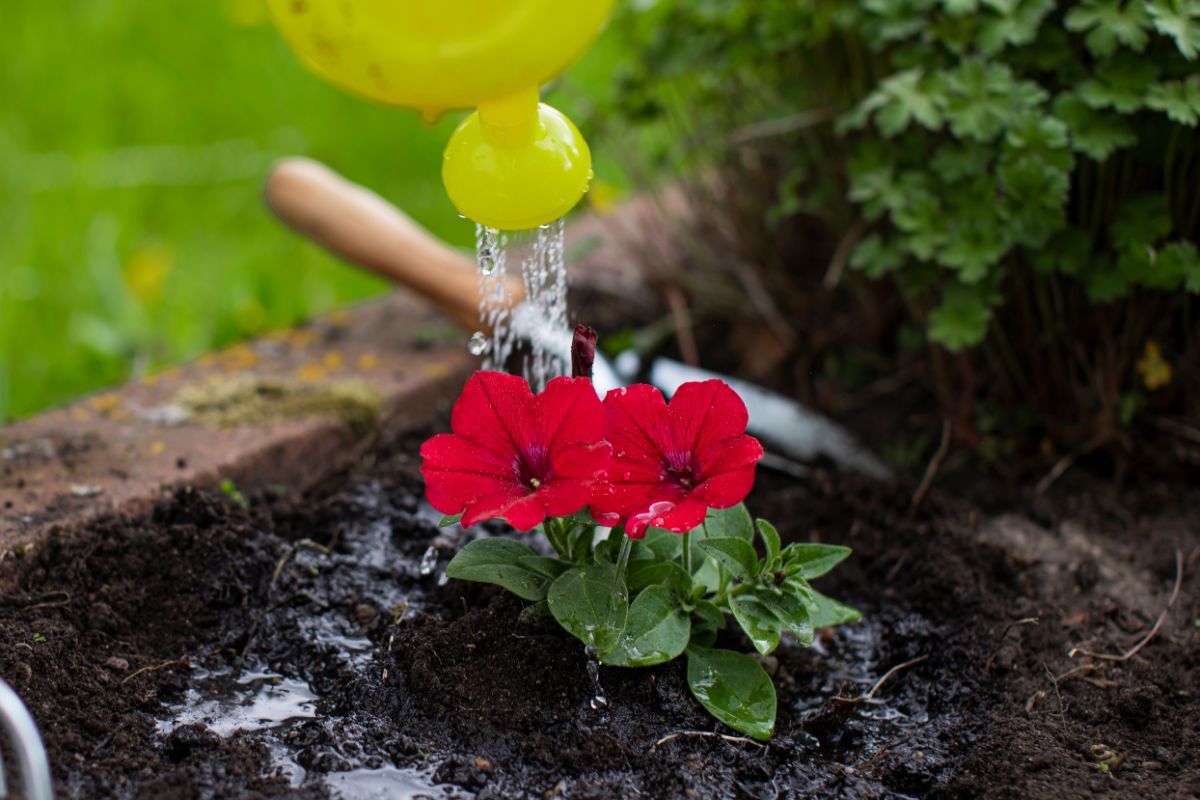
The amount of water your petunias need will vary depending on how you are growing them. These flowers thrive in hot conditions and can withstand dry spells, making them drought-resistant. If you have spreading petunias, they require frequent watering, but for other types, once a week should suffice. The University of Minnesota Extension recommends soaking the soil to a depth of 6 to 8 inches each time you water. Hanging baskets and containers may require daily watering, depending on their size and soil volume. While it is possible to start petunias from seeds, most gardeners prefer purchasing starter plants from local nurseries. If you opt for container planting, make sure to choose a container with proper drainage and water the plant regularly to ensure healthy growth.

The petunia plant is a popular choice for container gardening, and growing them in containers is a breeze. To get started, choose a pot that is around 12 inches in size, large enough to accommodate three petunia plants. Ensure the pot has drainage holes to avoid waterlogging and fill with soilless potting mix. Once you’ve planted your starter petunias, add a slow-release fertilizer and water them properly. For outdoor ground planting, pick a well-draining spot with ample sunlight. You can improve the soil in your garden bed by adding organic matter like peat moss, compost, or manure. After preparing the soil, dig holes and give appropriate spacing between the different varieties of petunias. Water them after planting and monitor their soil to ensure it remains moist. With care and attention, starting petunias from seed can be a rewarding experience.

Petunias have a reputation for being challenging to grow from seed, but it can be done with the right approach. Start by filling a container with damp potting soil and scattering the seeds on top. Spritz them lightly with water and cover them with plastic wrap to keep them moist during germination. They need to be kept in an area with filtered light and temperatures between 70-85 degrees Fahrenheit. Once the seedlings start to emerge, remove the plastic wrap and move them to an area with direct light, but not too warm. When they have three leaves, transplant them into peat pots and continue fertilizing them every other week or weekly for spreader petunias. Before transplanting to their final location, harden them by exposing them to outdoor conditions gradually. In terms of care, petunias need regular fertilization and deadheading to encourage more blooms.
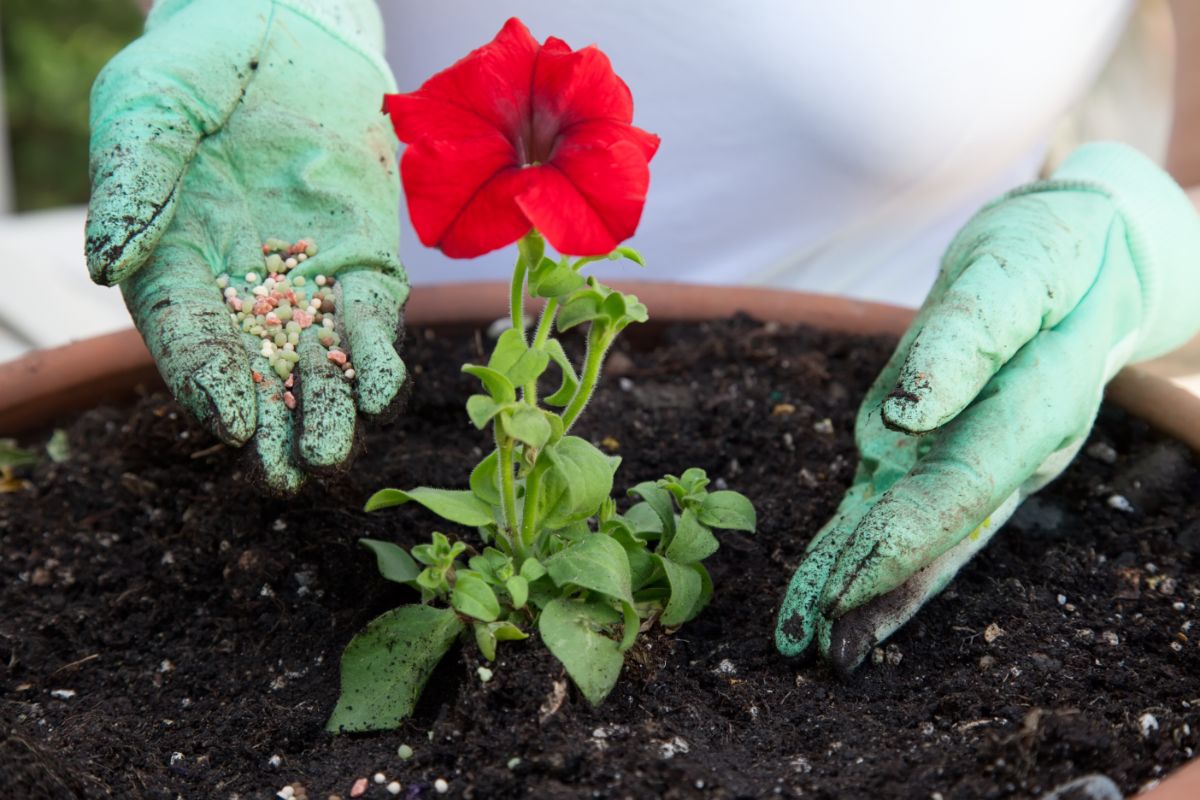
To ensure optimal growth of your petunias, it’s recommended to fertilize them with a balanced fertilizer such as 8-8-8, 10-10-10, or 12-12-12. The University of Minnesota Extension advises mixing the fertilizer into the soil at a rate of 2 pounds per 100 square feet while planting and then applying liquid fertilizer every three weeks starting from mid-July for most types of petunias. However, if you have a spreading petunia, it should be fertilized weekly instead. For potted petunias, timed-release fertilizer should be incorporated into the soil during planting, followed by regular application of liquid fertilizer meant for flowering plants every two weeks starting from early to mid-July.
Mulching is beneficial for petunias in preventing soil from drying out and keeping weeds at bay. For taller petunias, staking can be necessary to prevent them from sagging due to wind or rain. Pruning petunias involves weekly pruning during the growing season, cutting back in the fall, and deadheading. By following these tips, you can achieve full and abundant petunia plants.
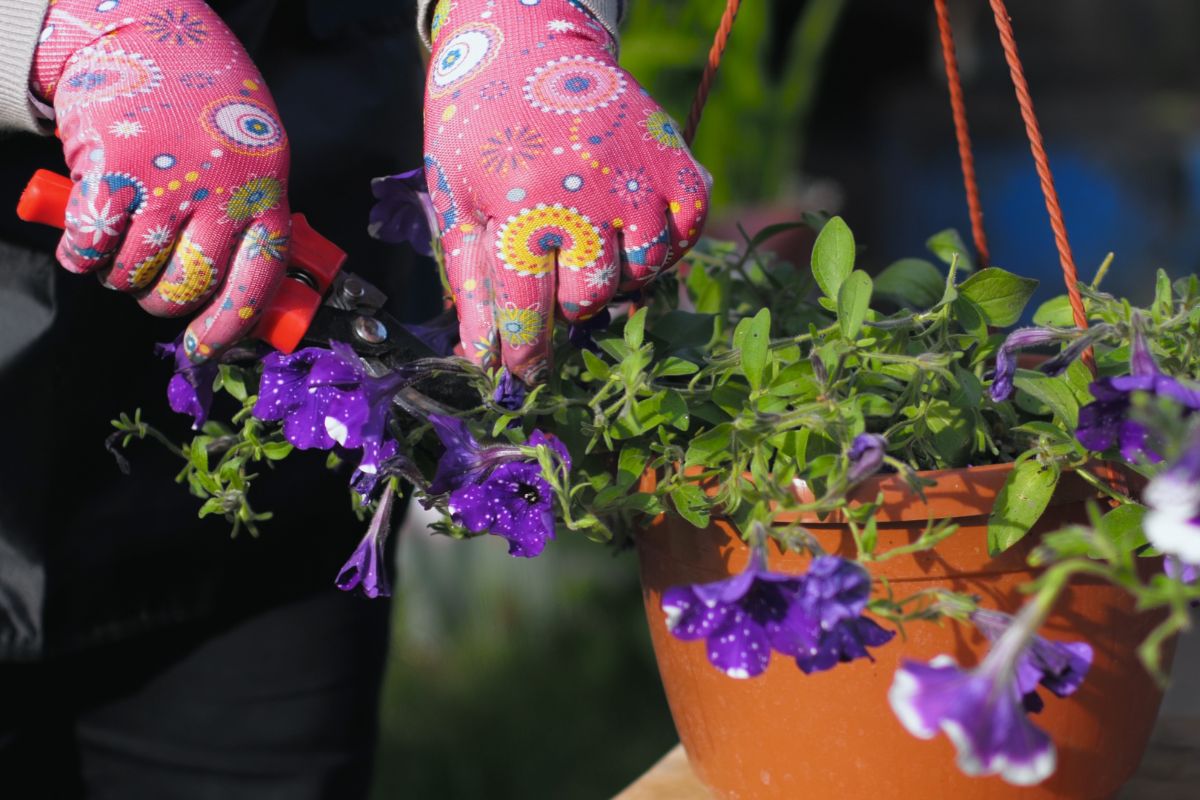
To maintain the lush and full appearance of your petunias, it is recommended to do some pruning and deadheading throughout the season. Petunias tend to become leggy, so trimming them regularly will help keep their beautiful look. You can start pruning once the stems grow up to eight inches, snipping off 3-4 stems each time, while avoiding cutting off the node. Don’t throw away flowering stems; use them to create a lovely floral arrangement for your home. Additionally, when fall arrives, it’s best to cut back your petunias and discard any dead plant matter.
Deadheading petunias can also help them bloom repeatedly during the season. Removing wilting blossoms allows new ones to grow. For grandiflora and double petunias, deadheading is recommended. However, if you have smaller petunias, they may keep blooming without deadheading.
Lastly, you may wonder if petunias are prone to diseases or pests.
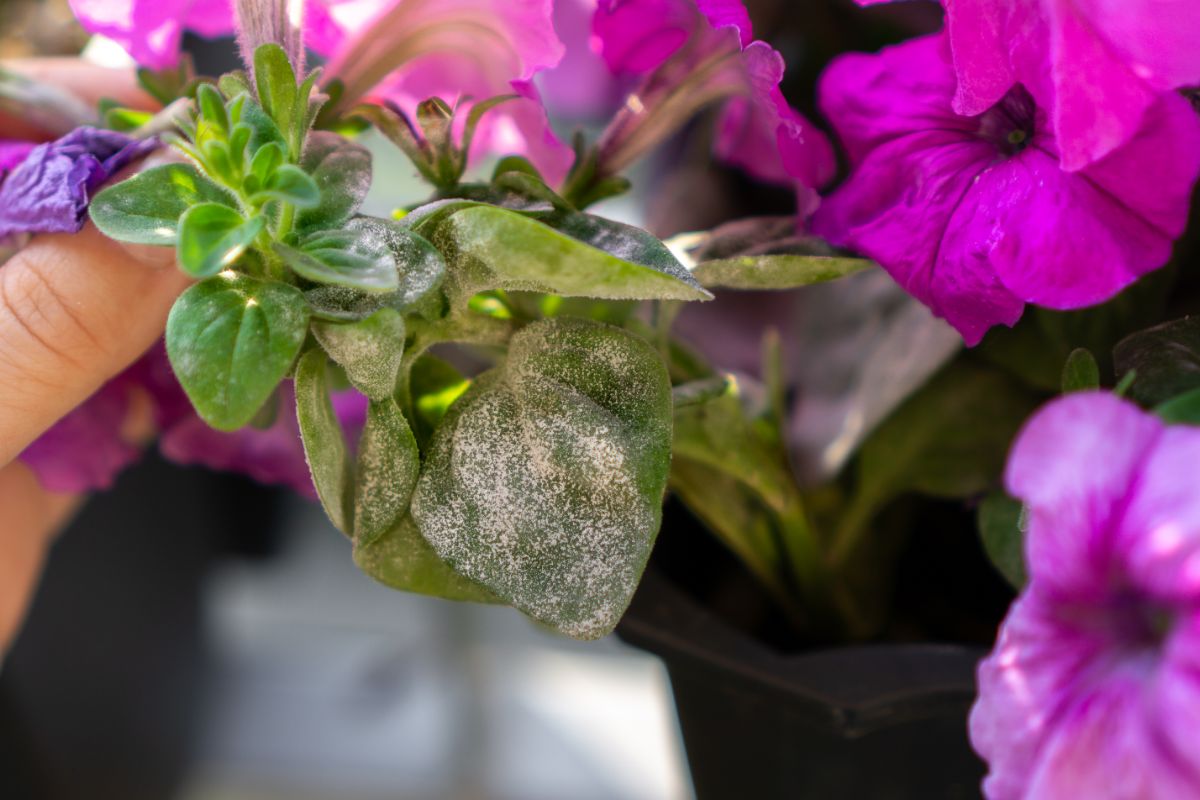
Although petunias are generally resistant to pests and diseases, they can still be affected by aphids, slugs, snails, and flea beetles. Late blight, gray mold, root rot, and tobacco mosaic virus are also diseases to watch out for. However, modern breeding has developed hybrid petunias that are disease-resistant and produce more flowers. If you live in a cooler climate, you can try winterizing your petunias by either bringing them indoors or pushing them into a state of dormancy. Propagating petunias through cuttings is also an option. Additionally, petunias make great companion plants for other flowers such as marigolds, zinnias, and salvia.
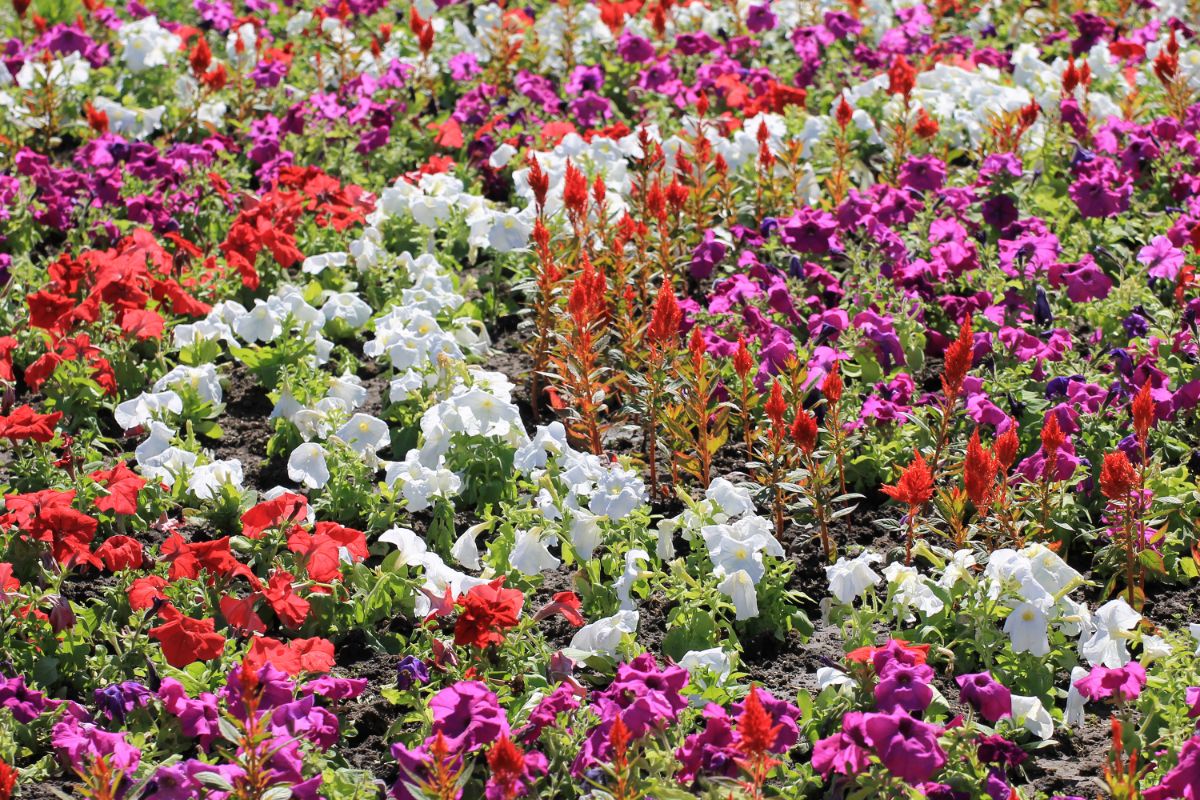
There are numerous options for companion planting with petunias. Knowing how to grow petunias is one thing, but figuring out what to plant alongside them can be a challenge. Here are some ideas:
– Red Salvia: The vibrant scarlet hue of this plant can make a beautiful addition to your petunias. The contrasting flower shape also adds a unique touch. Additionally, pollinators, especially hummingbirds, are attracted to red salvia, making your garden more enticing.
– Asters: Like petunias, asters come in varying colors and require sunlight, making them great companions for petunias.
– Fruits and vegetables: Planting tomatoes, potatoes, cucumbers, peppers, and other fruits and vegetables near petunias can provide some pest protection for those plants.
– Alliums: With their elegant stalks and whimsical blossoms, ornamental alliums can serve as a captivating backdrop for your petunias.
– Snapdragons: These colorful flowers can beautifully frame your petunias in garden beds, containers, or arrangements. Their versatility in color makes it easy to find the perfect shade to complement any type of petunia.
These are just a few suggestions, but there are many other companion plants that work well with petunias.
If you’re wondering what eats petunias, it could be aphids, beetles, slugs, snails, rabbits, or deer.
Some popular plants to grow with petunias include snapdragons, asters, and tomatoes.
Although commonly referred to as Mexican petunias, Ruellia simplex, also known as Mexican bluebell or Britton’s wild petunia, is technically not a petunia. It belongs to the Acanthaceae family and is a perennial that easily spreads and is now considered an invasive species in Florida.
To purchase petunias, click on the provided link to explore a variety of beautiful cultivars.





